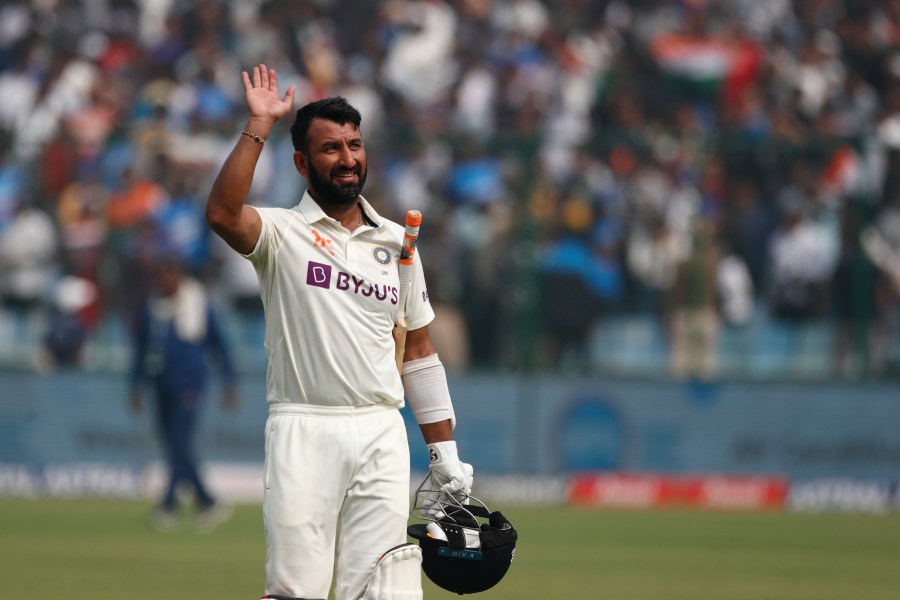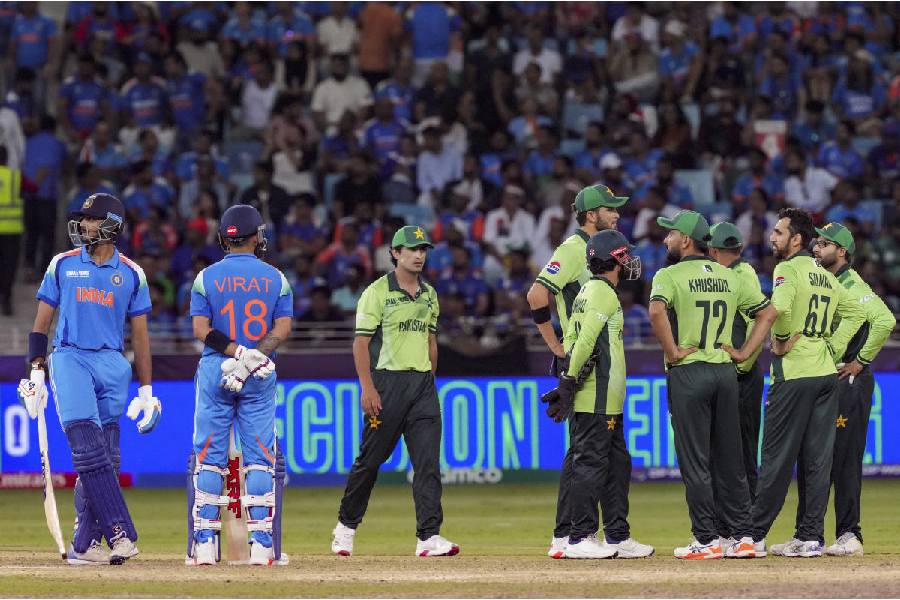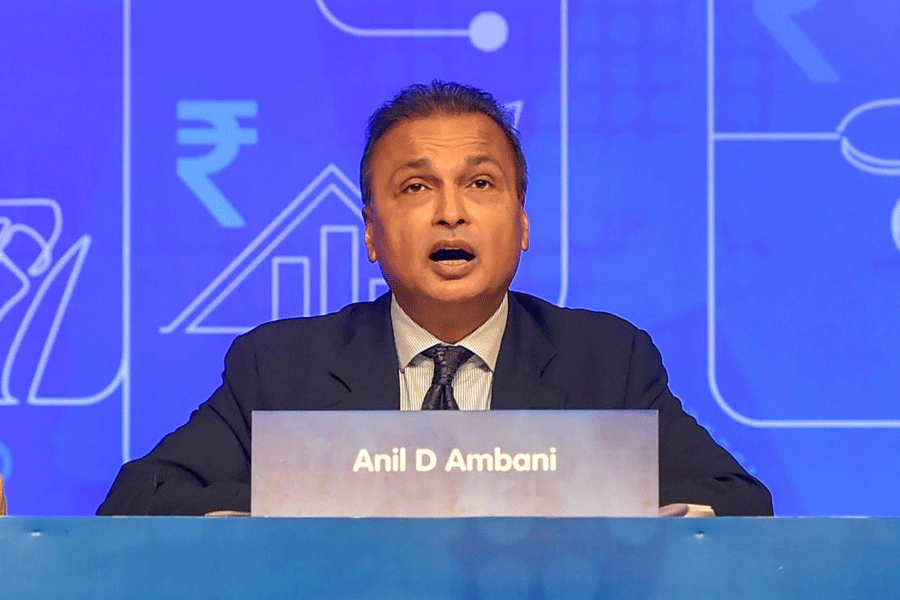|
|
| Look at the arm |
Ever since its days as the Imperial Cricket Conference, the ICC (now the International Cricket Council) has been a feeble body. After Jagmohan Dalmiya took over as its chairman, the ICC began to breathe fire and flex its muscles. But with Dalmiya?s departure, the ICC is back to its faltering, indecisive ways.
Today, the ICC administrators seem to have lost direction and a sense of priorities. In their efforts to speed up the game, they are putting emphasis on trifling issues. The ICC?s cricket committee, headed by no less a personality than Sunil Manohar Gavaskar, appears to be involved more with insignificant issues like dual-dismissal and choice of overs for field restrictions.
Honestly, is the issue of two wickets in one delivery of any great importance? One can be sure that few cases will ever arise. A batsman may be dismissed ?caught?, and at the same time the non-striker may be out of his crease and dismissed ?run out?. Such dual dismissals must be extremely rare.
But more important, two dismissals in one delivery, if allowed, will lead to unnecessary complications. The existing rule regarding ?dead ball? will be left with almost no meaning. Every time a batsman wants to leave his crease he will have to seek the umpire?s permission. Instead of speeding up the game, it will make it slower and leave it more open to unnecessary controversies, especially in junior-level matches. That such a trifling matter should attract the serious attention of the cricket committee is indeed rather strange.
The ICC also proposes to implement new rules regarding field restrictions in one-day cricket. In a normal 50-over innings, field restrictions are in place for the first 15 overs. Now, the ICC feels that the 15 overs may be spread over the total span of the innings, according to the desires of the fielding captain. This again would lead to a lot of unnecessary controversy, especially in the case of matches truncated by rain, riots or worse.
The rule of having a minimum of nine players within the inner circle for the first 15 overs was formulated with the specific idea to allow the early batsmen to hit the big shots. Such field restrictions mean that a batsman needs to clear the inner circle of just 30 yards to be safe and productive. This has certainly speeded up the game, with fours and sixes coming from the first delivery itself. But this has been very unfair to the bowlers. As it is, one-day cricket is a batsman?s game with the bowler having to face various restrictions and the batsmen none at all. Hence, it would be most pragmatic to entirely do away with the field restrictions in the first 15 overs.
Of far greater importance is the issue of throw-bowling. Since 1877, when international cricket started being played, the issue of throwing by bowlers has come to the fore quite often. But as cricket laws have been generally pragmatic, with field umpires being the sole judges, the matter was handled immediately. Even eminent cricketers like C.B. Fry, Ernie Jones, Peter Loader, Ian Meckiff, Tony Lock, Charlie Griffith, and Geoff Griffen among others, have been penalized for throw bowling.
The law still exists, but it has been discounted lately. Present-day umpires have had their authority taken away by the ICC when it took the strange decision that match referees would report the concerned bowler to the ICC and then a committee formed by it would sit in judgment on the legality of the particular bowler?s action. This was utterly ridiculous.
Why should a committee decide on the fairness of a delivery months after the incident has taken place? What is the logic behind such a decision? Unless the offending bowler is penalized there and then by the field umpires, what is the use of saying that he had committed a crime six months ago?
Bowlers like Muttiah Muralitharan, Shoaib Akhtar, Harbhajan Singh, Robert Kirtley and Shoaib Malik have all been very successful with their bent-elbow bowling actions. A hue and cry is raised from time to time, but ultimately these bowlers are allowed to continue with their crooked-hand actions. At times, a drama is enacted wherein the concerned bowler is sent to a former-bowler-turned-coach or to a medical practitioner to get a certificate saying that his action has been remedied or that he was born with a twisted elbow or that he had an accident which resulted in a permanent bent elbow!
Some time ago, I had written a piece on throw bowling, wherein, in jest, I had said that the law governing illegal action should be scrapped and bowlers given the liberty to throw. Today, in effect, the ICC actually allows bowlers to throw as and when they feel like it, since every bowler with suspect action is allowed to continue under various pleas.
The ICC is now tinkering with the idea that a bowler may be allowed to bend his elbow up to 15 degrees before straightening his arm to release the ball. But how the umpires are to judge the exact degree of the bent elbow is quite beyond logic.
If the ICC really feels that a bowler should be allowed to bowl with a bent arm, then why not scrap the law altogether? As it is, the law is not being strictly followed. No umpire takes the risk to ?call? a bowler for throwing. They leave the matter in the hands of the ICC match referee and the technical committees. So, perhaps, the best thing would be to scrap the relevant portions of Law 24 which deals with throw-bowling. Let the bowlers throw to their heart?s content.
At this rate, the game of cricket will ultimately degenerate into a version of baseball. The more one tinkers with the laws, the more confusion it will lead to. The ICC would do well to do away with match referees and its expert panel of detectives. Rather, it should give back the authority to the umpires, who are qualified enough and men of integrity, to take immediate decisions and banish the throw-bowlers. As for field restrictions, why not scrap the existing rule of 15 overs and give the bowlers and batsmen a level playing field? As for the idea of ?dual dismissal? the less it is thought of the better it will be for all concerned.











